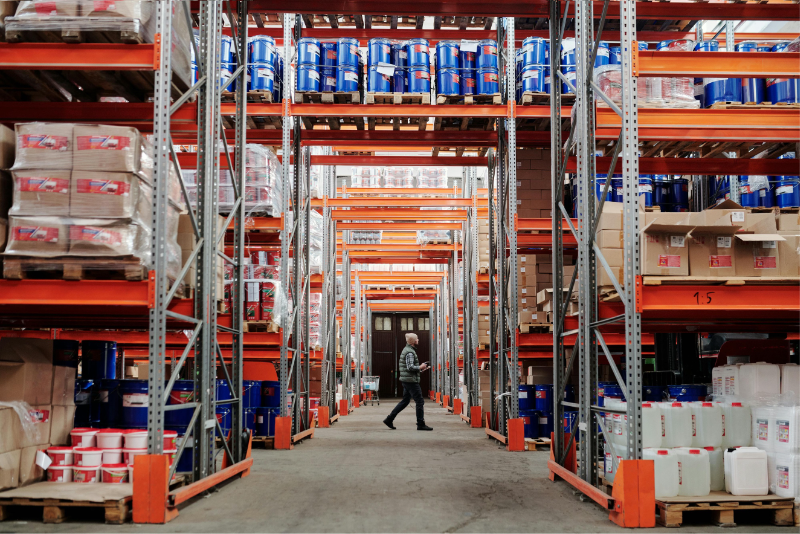In June, China’s economy presented a combination of results; while factory production slowed down, there was a noticeable increase in consumer spending. Official data for May shows industrial production grew 5.8% year-on-year—its slowest rate in six months and a bit lower than the 6.0% forecast. That signals continued pressure from global trade tensions and weakness in the property sector. The dip in factory output reflects struggles in external demand. Many businesses continue to feel the effects of high tariffs and slower export orders, even after a temporary truce with the U.S.. Exports to the U.S. dropped a steep 34% in May—the sharpest decline since early 2020. Meanwhile, domestic issues like weak investment and a struggling real estate market—marked by falling home prices and reduced project activity—are also taking a toll on industrial output and business confidence. Last month, domestic consumption showed a positive trend. In May, retail sales increased by 6.4%, exceeding predictions and achieving the quickest monthly growth since December 2023. This growth was supported by an early “618” shopping festival and a government-backed trade-in program that encouraged consumers to upgrade appliances and electronics. Analysts describe the situation as a mixed picture. Zichun Huang, an economist at Capital Economics, noted that while retail growth was a welcome surprise, it may not fully counter the broader slowdown in exports and investment. The sluggish industrial growth highlights ongoing uncertainty in global markets and underscores that Beijing will likely need to continue its proactive economic policies. Policymakers have indeed responded. Authorities introduced rate cuts, liquidity support, and incentives targeting consumer spending. They are also considering measures to stabilize the property market, like converting unsold homes for social housing and adjusting mortgage rates. Despite these efforts, structural issues—including deflationary pressure and high youth unemployment—raise concerns about longer-term economic resilience. What this means for Asia’s largest economy is that China may rely more on its domestic market while exporting less this year. Encouraging consumer demand is one part of Beijing’s strategy to balance slower exports and industrial growth. But experts warn that more cohesive and sustained reforms—particularly in property, jobs, and inflation—are essential for a stronger rebound. In short: China’s factories slowed in May, but consumer demand surged, offering a counterbalance. Still, long-term growth hinges on deeper structural fixes and continued policy support—a delicate balancing act for the government.
4

